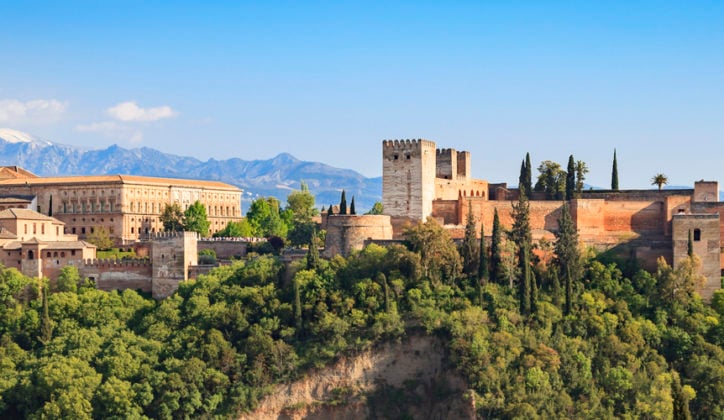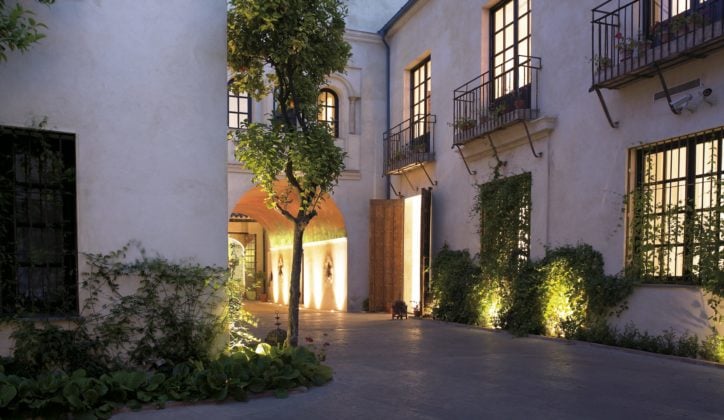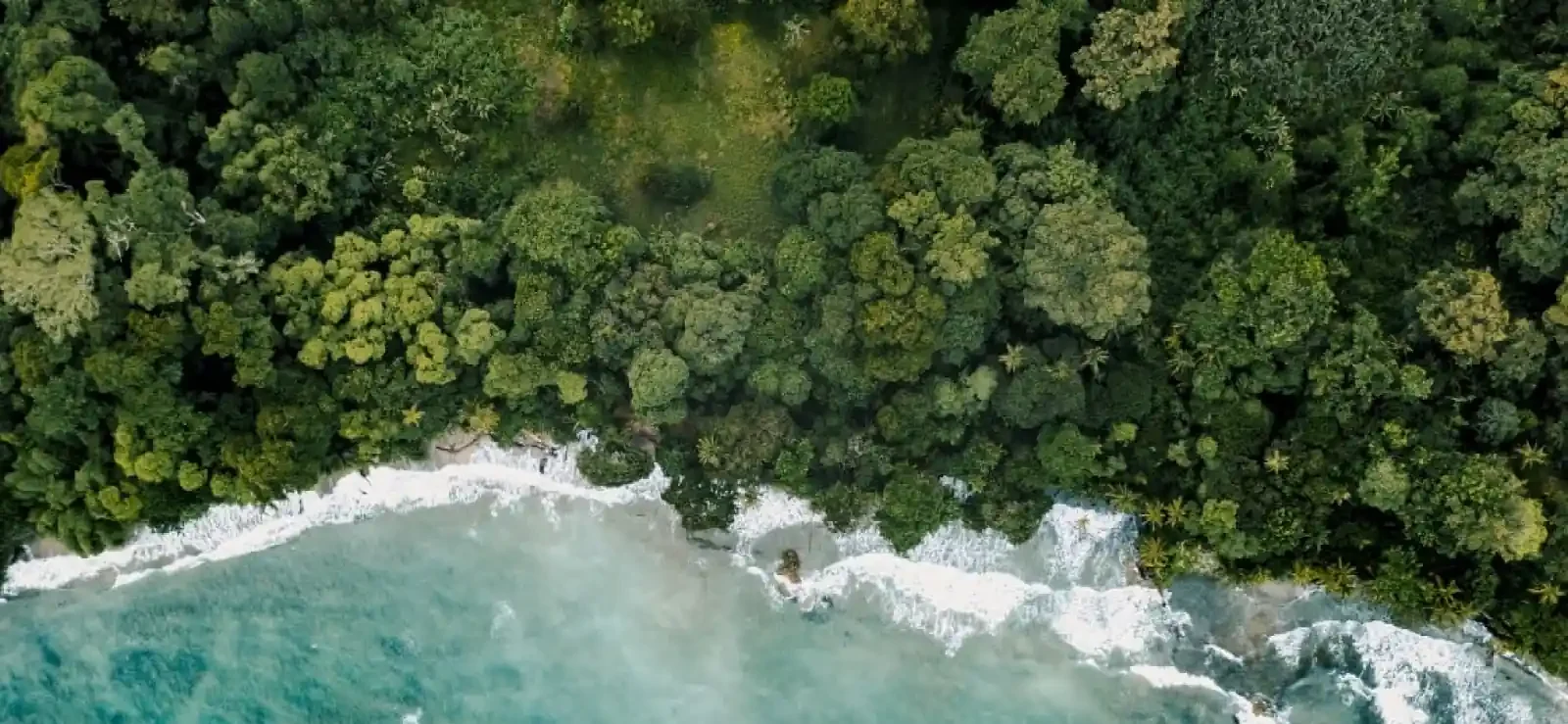Ancient, worldly, and sophisticated, Córdoba sits on the banks of the Guadalquivir river. First favoured by the Romans, Córdoba then held court as the capital of Islamic Spain between 756 to 1031 AD. Famed as a multicultural centre for education, the city was renowned for its libraries, medical schools, universities, and a huge bubbling, cosmopolitan population of Muslim, Christian, and Jewish people.
King Ferdinand III then claimed the city for Castile during the Spanish Reconquista, bequeathing it its Gothic and Renaissance finery. Visit today, and you’ll find Córdoba’s grand past beautifully reflected in the city’s magnificent architecture.
Córdoba is a city of arches, and the best place to begin winding your way through them is under the hypnotic curves of the Mezquita, the city’s splendid Mosque–Cathedral. Its tranquil and cavernous interior is bedecked with resplendent decoration that references the city’s grandiose cultural past.
Spreading out from the Mezquita is Córdoba’s Old Town, a mix of ancient Muslim and Jewish quarters as well as slightly later Christian installations, and the second largest UNESCO World Heritage urban area in the whole of Europe.
Wander down its labyrinthine network of small streets, alleys, squares, and whitewashed courtyards, and you’ll be transported back in time. Delve further back still and step beyond the Old Town’s Roman walls to cross the Guadalquivir at the Roman Bridge, said to have carried the fabled Via Augusta that ran from Rome to Cadiz. There’s also a Roman temple, theatre, mausoleum, forum, amphitheater, and even the remains of Emperor Maximian’s palace to discover.
Stay a few nights and you’ll quickly discover just how modern Córdoba has inherited its ancient vibrancy. Present day activity tends to focus around the Plaza de las Tendillas which features a collection of excellent bars and restaurants. The newer districts of Zoco and the area around the railway station are quite chic, and the riverfront streets play host to lively establishments boasting satisfying views.
When to go
Spring and autumn are the best months to visit. Winter is mild and summer can get extremely hot.
What to do
- Córdoba boasts the second largest UNESCO recognised Old Town in Europe
- Visit the Mezquita, a unique Mosque-Cathedral
- Tour the city easily, on foot or by bicycle
- Cross the Guadalquivir river by the Roman Bridge and discover a multitude of Roman remains
Itineraries including Cordoba - Andalusia
Accommodation in Cordoba - Andalusia
Here are some of our travel designers' favourite options











